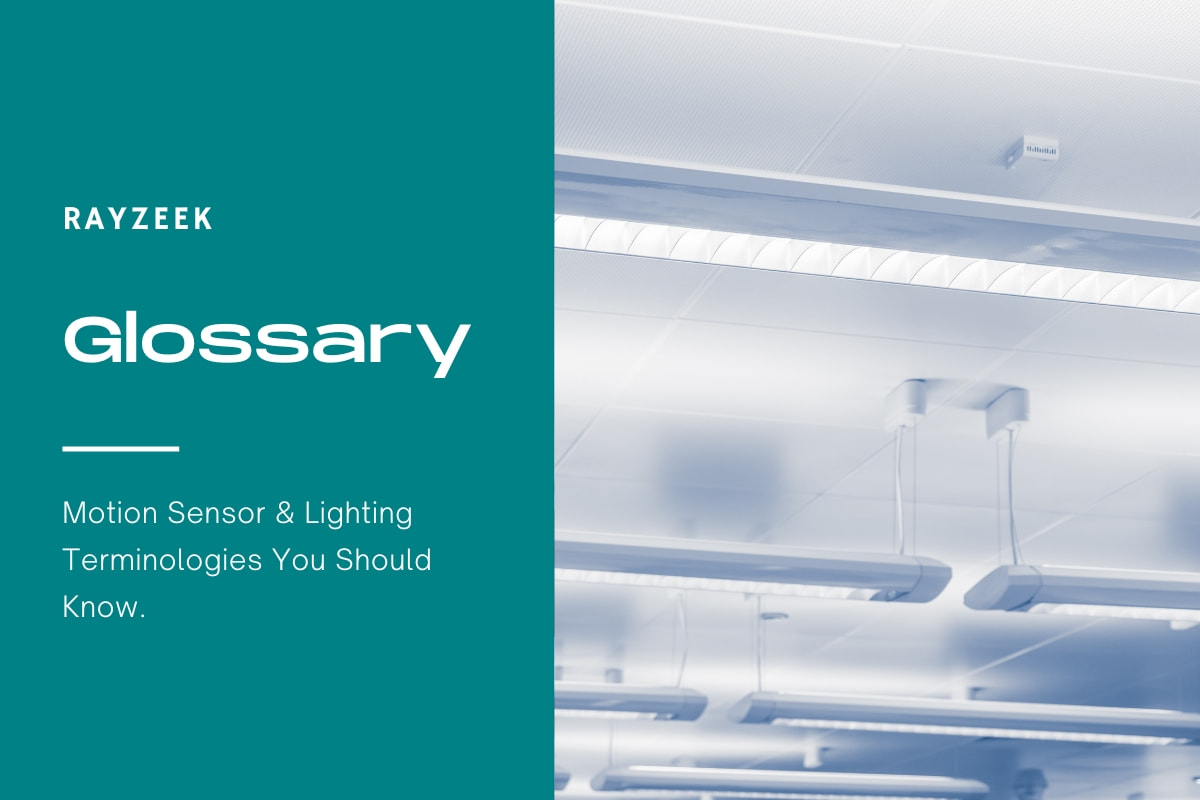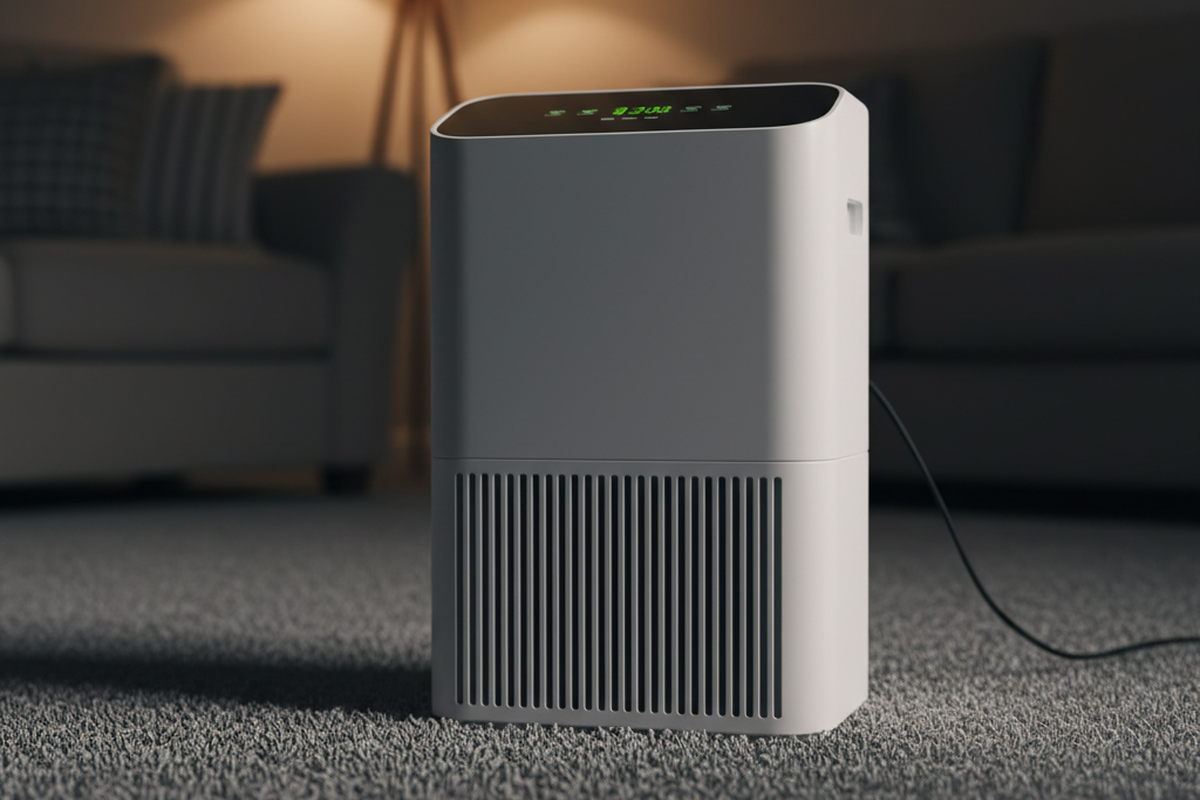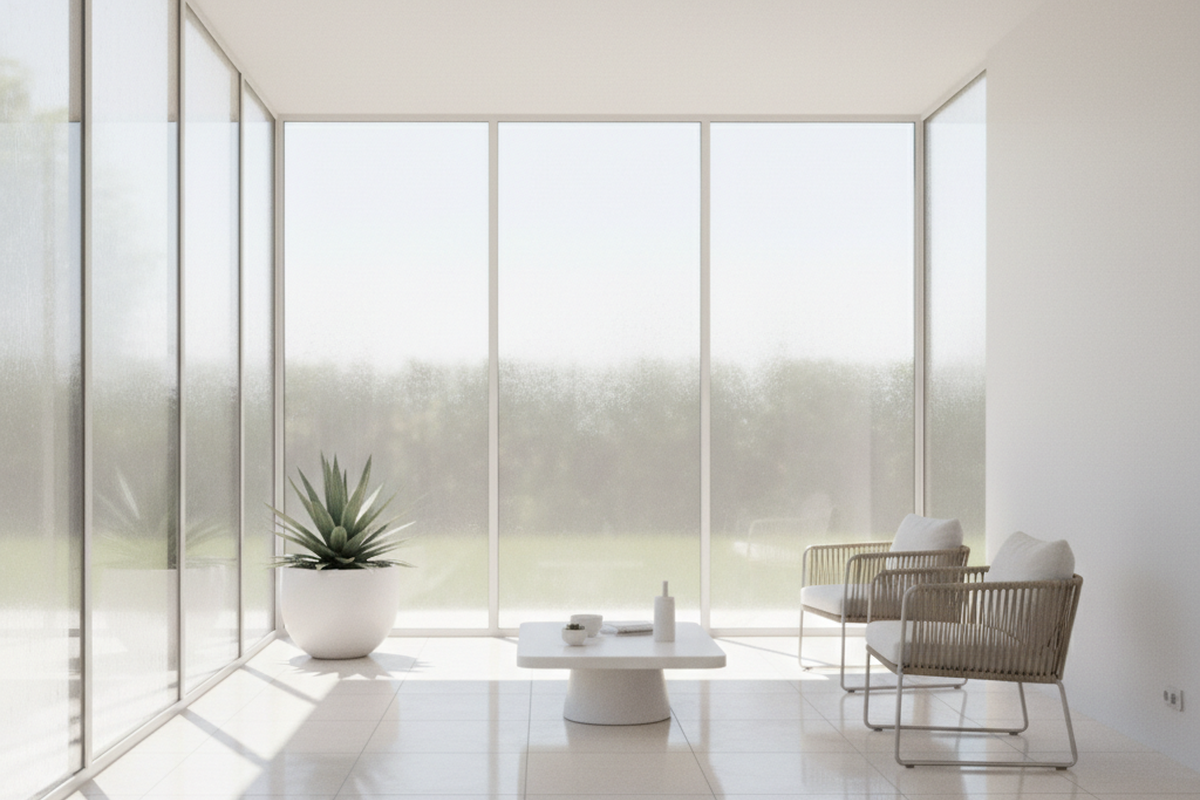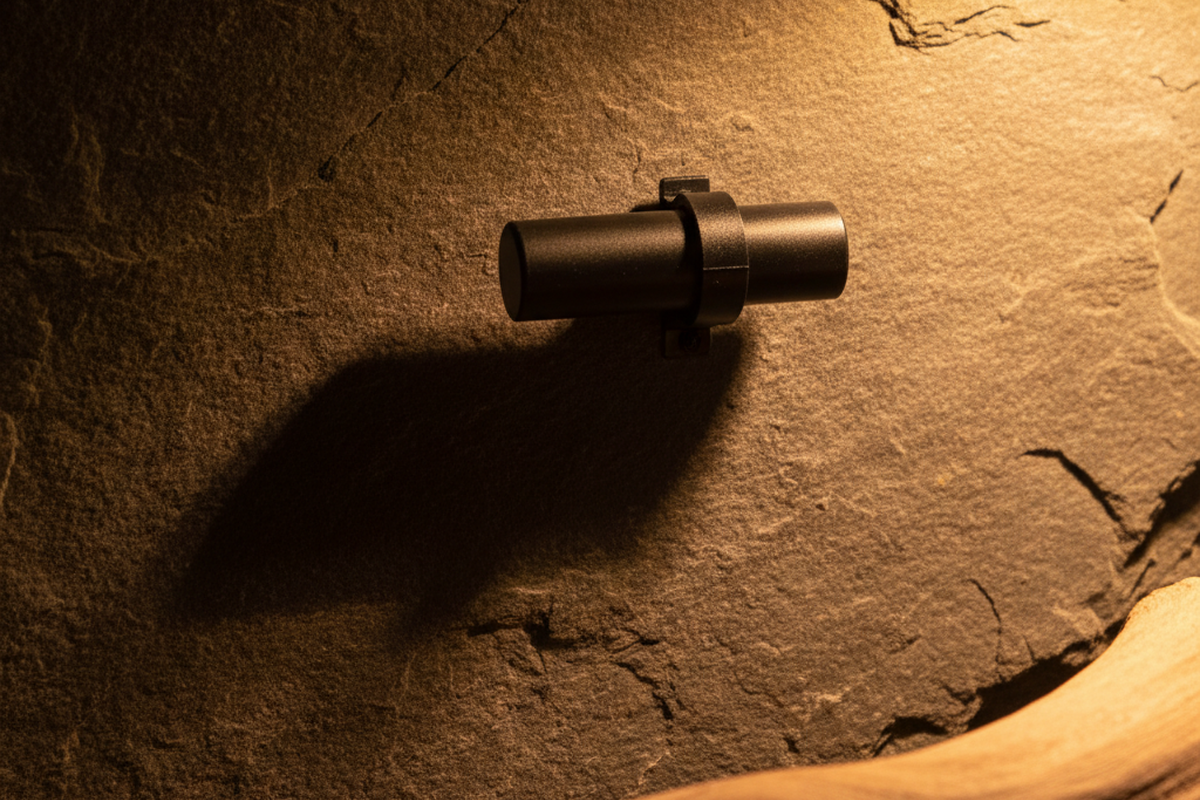Co je činitel ztráty světla (LLF)
Činitel světelných ztrát (LLF) je termín používaný pro kvantifikaci snížení světelného výkonu, ke kterému dochází v průběhu času v osvětlovacím systému. Je to základní faktor, který se zohledňuje při výpočtech osvětlení, aby se zajistilo, že požadovaná úroveň osvětlení bude zachována po celou dobu životnosti systému.
LLF bere v úvahu různé faktory, které přispívají ke snížení světelného výkonu, jako například amortizace lampy, změny ve výkonu svítidel a zhoršení stavu povrchů v místnosti. Zohledněním těchto faktorů mohou projektanti a konstruktéři přesně určit počet světelných zdrojů nebo svítidel potřebných k dosažení požadovaných parametrů. požadovaná úroveň osvětlení v daném prostoru.
Inspirujte se portfoliem pohybových senzorů Rayzeek.
Nenašli jste to, co jste chtěli? Nebojte se. Vždy existují alternativní způsoby řešení vašich problémů. Možná vám pomůže některé z našich portfolií.
Účelem LLF je zohlednit pokles světelného výkonu a zajistit, aby osvětlovací soustava poskytovala odpovídající osvětlení po celou dobu své životnosti. To je zásadní při design osvětlení protože umožňuje vypočítat vhodný počet světelných zdrojů nebo svítidel potřebných ke kompenzaci očekávaného úbytku světla v průběhu času.
LLF lze rozdělit na počáteční nebo udržované. Počáteční LLF zohledňuje snížení světelného výkonu bezprostředně po instalaci, zatímco udržovaná LLF zohledňuje pokles světelného výkonu v průběhu životnosti osvětlovací soustavy.
Hledáte řešení úspory energie aktivované pohybem?
Obraťte se na nás pro kompletní PIR senzory pohybu, produkty pro úsporu energie aktivované pohybem, spínače se senzorem pohybu a komerční řešení pro detekci přítomnosti/volnosti.









